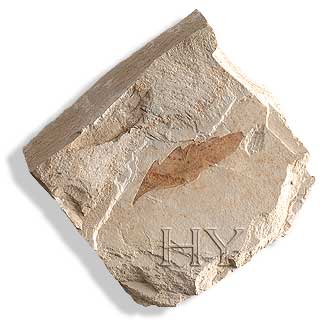The fossil findings that most clearly refute the idea of plant evolution are those belonging to flowering plants. These angiosperms—to give them their biological definition—are divided into 43 separate families, each one of which emerges suddenly in the fossil record with no trace of any primitive "intermediate form" behind it. This fact was realized in the 19th century, and Darwin described the origin of angiosperms as "an abominable mystery". In his book Palaeobiology of Angiosperm Origins, the evolutionist paleobotanist Norman F. Hughes makes the following admission: ". . . the failure to find a satisfactory explanation has persisted, and many botanists have concluded that the problem is not capable of solution, by use of fossil evidence." (N. F. Hughes, Palaeobiology of Angiosperm Origins: Problems of Mesozoic Seed-Plant Evolution, Cambridge: Cambridge University Press, 1976, pp. 1-2)) This admission means that no fossil capable of being represented as proof of plant evolution has been found. And neither is it possible for any to be discovered in the future. As the 50-million-year-old sumac fossil pictured here shows, plants did not evolve, but were created.
TEMAS
CavourVaticanoSocialismoIluminismoRevolución FrancesaConversoSabateanoJacobinismoMedios de Comunicación MasónicosZionismo PolíticoJove TurcoComité de Unión y ProgresoAbdulhamidAntinaziOrganización Zionista MundialLas Leyes de NurembergMussoliniPrimer Guerra MundialAdolf EichmannGoyimLa Dinastía RothschildGrupos de PresiónConsejo de Relaciones ExterioresRockefellerGuerra FríaStalinRevolución de OctubreUnión SoviéticaBilderbergVietnamComité de Asuntos Públicos Estados Unidos IsraelPresiónjustoSudesteGreciaNuevo Orden MundialMar Rojogeopolíticaveteranoimpuestocostumbres2023antílopetoroConcejo Islámico de EurasiaPremio NóbelHospitalInstitución de Seguridad SocialAli BabacanTurgut OzalasesinatoGaffar OkkanMuhsin YaziciogluNebolusa RosettaAstronomíaRosaSermón de DamascoArma NuclearIyad AllawiNautilussubmarinocélula de buceoAli BardakogluTelevisiónTelevoleCanakkale


